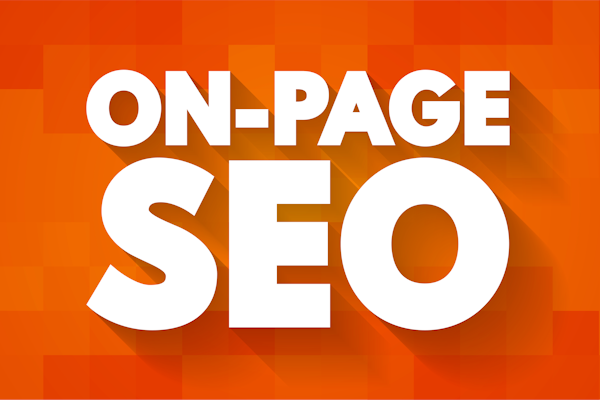 On-Page SEO Checklist:
On-Page SEO Checklist:
Optimizing your website’s on-page SEO is crucial for improving its search engine rankings and visibility. Here’s an On-Page SEO checklist of key elements to consider when performing on-page SEO:
- Keyword Research:
- Identify relevant keywords related to your content and target audience.
- Use keyword research tools to find popular and low-competition keywords.
- Consider long-tail keywords for specific targeting.
- Title Tag:
- Create unique, descriptive, and keyword-rich titles for each page.
- Keep titles under 60 characters to ensure they’re fully displayed in search results.
- Place important keywords closer to the beginning of the title.
- Meta Description:
- Craft compelling meta descriptions that accurately summarize the page’s content.
- Keep meta descriptions under 160 characters.
- Include relevant keywords to attract searchers.
- URL Structure:
- Use clean and readable URLs with relevant keywords.
- Separate words with hyphens (“-“) instead of underscores or other characters.
- Avoid using dynamic parameters in URLs.
- Heading Tags:
- Use H1 tags for the main title of the page.
- Utilize H2, H3, and subsequent tags for subheadings and sections.
- Incorporate relevant keywords naturally into heading tags.
- Content Optimization:
- Create high-quality, valuable, and original content.
- Ensure your content is well-structured with paragraphs, bullet points, and subheadings.
- Include relevant keywords throughout the content naturally.
- Image Optimization:
- Use descriptive file names for images with relevant keywords.
- Compress images to optimize page loading speed.
- Include alt tags that describe the image using keywords.
- Internal Linking:
- Include internal links within your content to connect related pages.
- Use keyword-rich anchor text for internal links.
- Ensure the internal linking structure is logical and user-friendly.
- External Linking:
- Include authoritative external links to reputable sources.
- Use relevant anchor text when linking to external websites.
- Avoid excessive external links that may distract or divert visitors.
- Mobile Responsiveness:
- Ensure your website is mobile-friendly and responsive.
- Use responsive design or implement a separate mobile version.
- Optimize page loading speed for mobile devices.
- User Experience:
- Improve overall user experience by providing intuitive navigation.
- Optimize page loading speed for a smooth browsing experience.
- Make sure your website is easy to navigate on both desktop and mobile devices.
- Social Sharing:
- Include social sharing buttons to encourage visitors to share your content.
- Implement Open Graph tags to optimize how your content appears when shared on social media platforms.
Remember, on-page SEO is just one aspect of optimizing your website. Off-page SEO factors, such as backlinks and social signals, also play a significant role in determining your website’s overall search engine rankings.
